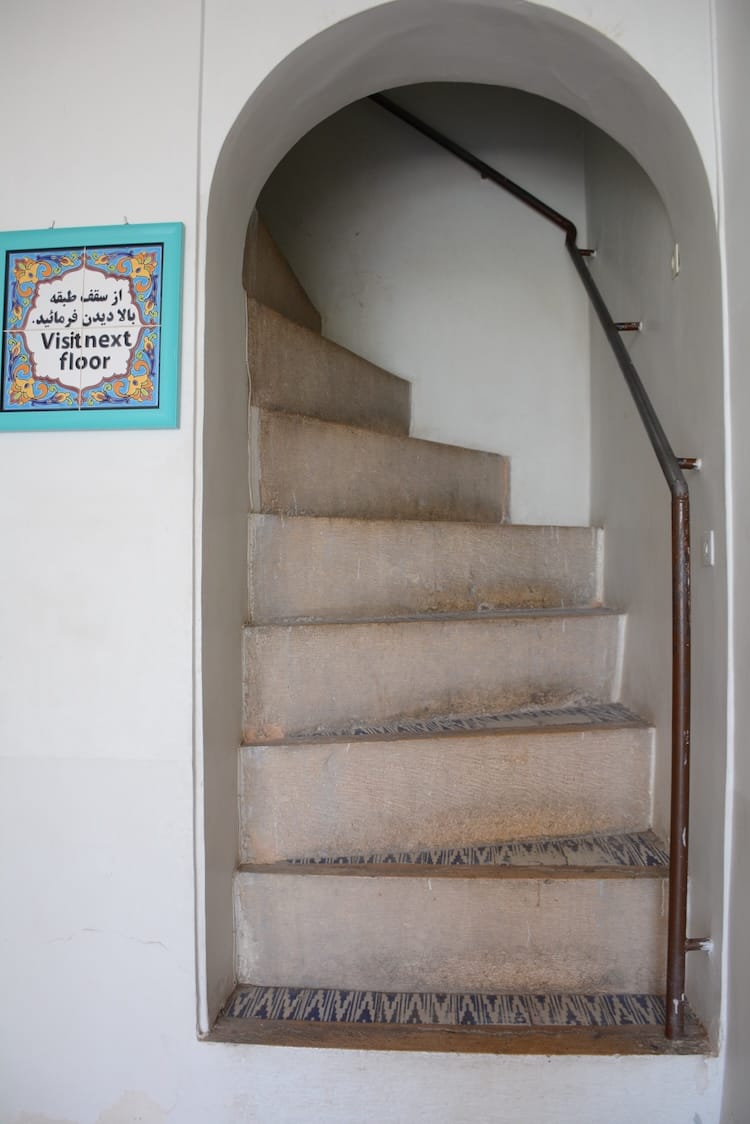Steep Steps, Revisited
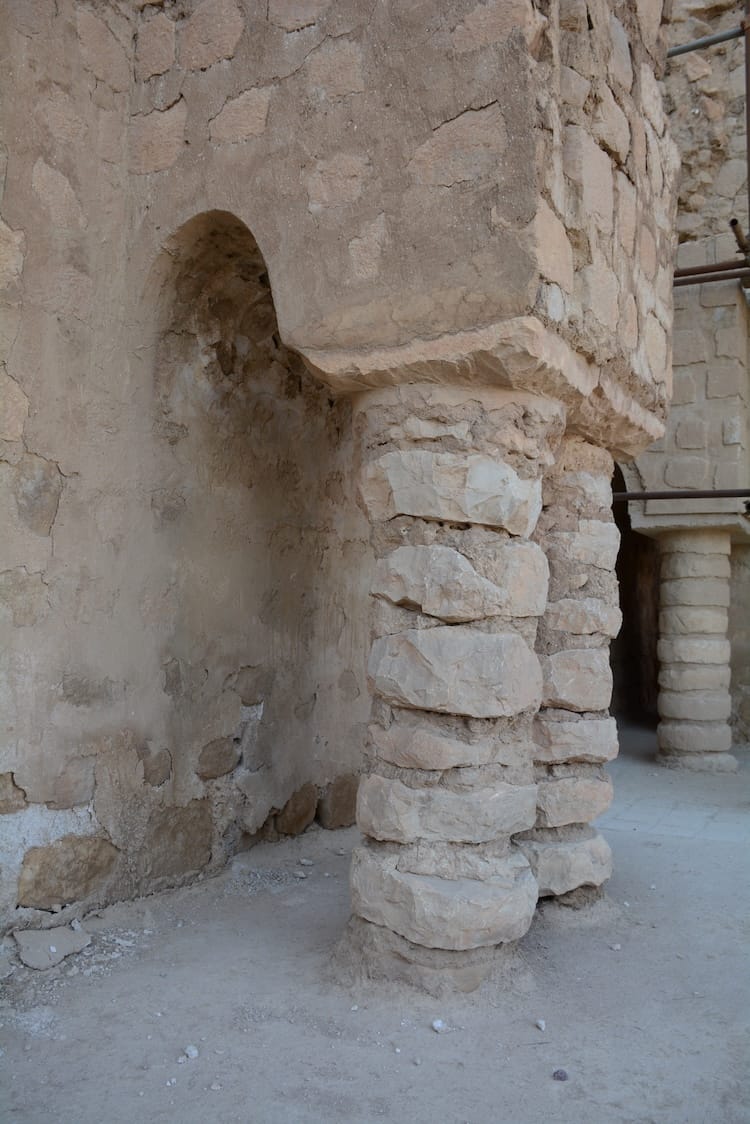
Friday, 27 June
Recent events have sent me back. Specifically, back to a blog I wrote about a trip to Iran in 2016, a mere month before Donald Trump’s first presidential election victory.
The Iran nuclear deal had been signed the previous year. In exchange for limiting uranium enrichment, certain sanctions were lifted. Consequently, the country had opened up to tourism, and my old friend Antony, an expert on everything Farsi, was co-leading a two-week trip. His wife, my even older friend Victoria, coaxed David and me into joining (neither of us being group-trip types). Her final half-joke nudge: “Come on, what if Donald Trump wins? This could be your last chance.”
Indeed.
We found ourselves one of many European tour groups exercising soft power in Iran at that time. Only occasionally did we feel the heavy hand of the repressive regime. Most of our group was British (the passport I travelled on), but David, with an American passport, was hauled aside at customs for 30 minutes of meticulous inspection. When people asked the two of us where we were from - which they did often - we said France and never mentioned the US. There were a few Down with the US/Down with Israel banners. When our bus drove by one of those now famous nuclear facilities, we were ordered not to take photos. But otherwise we were welcomed with open arms.
Once Donald Trump withdrew from the nuclear treaty in 2018, the country closed up again, leading to today when all the talk is about dropping bombs rather than avoiding them. Politics aside, dear Readers, I thought you might like my erstwhile take on Iran's rich history and proud people.
Thank you, Victoria, for what proved wise advice.
Here is a revised version of Steep Steps:
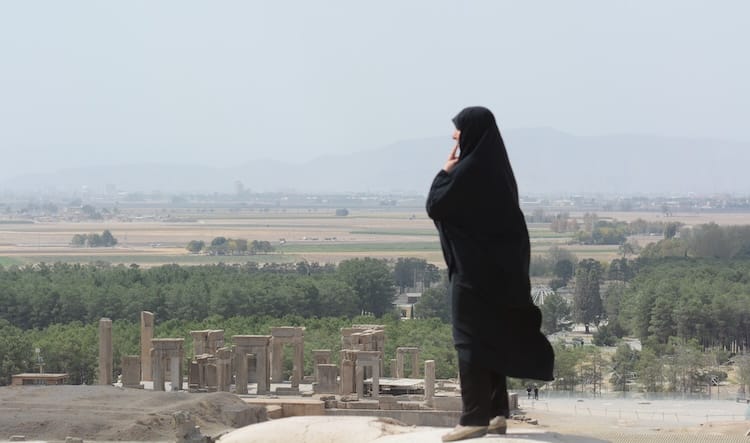
Friday, 14 October 2016
I have just returned from a trip to Iran, and everywhere we went, from mansions and palaces to mosques and ruins, were the steepest steps I've ever seen.
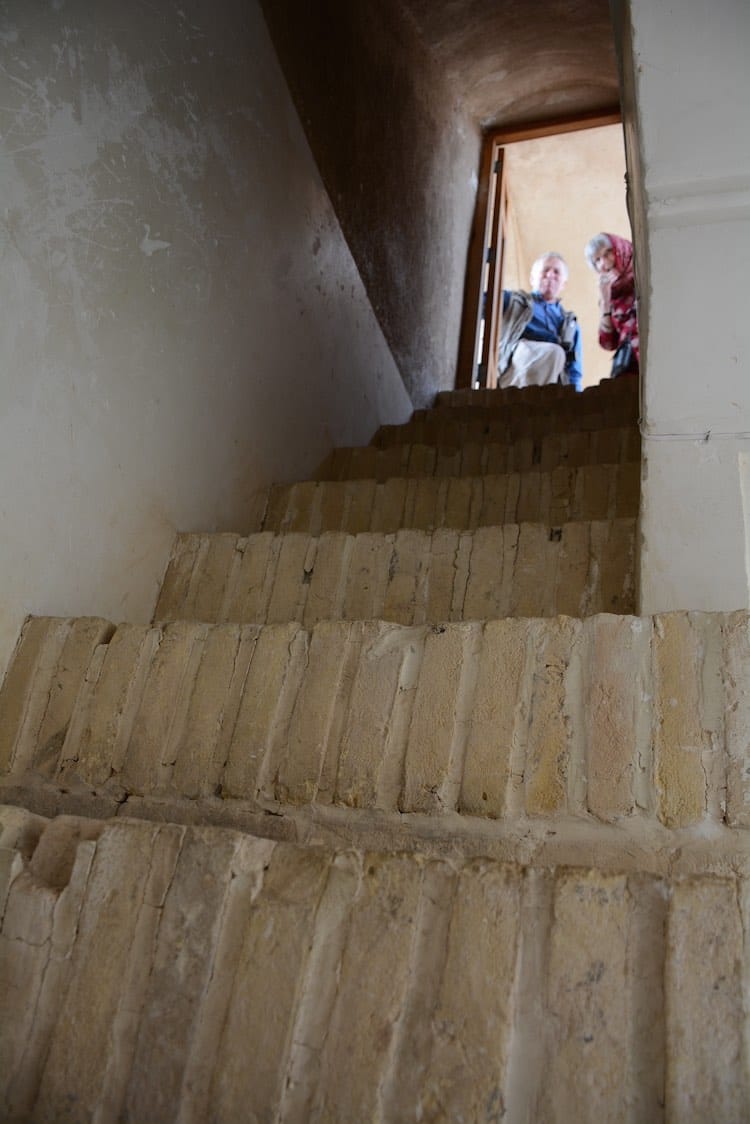
Which didn't make sense. Given the ultra-sophisticated architecture, why weren't the stairs more gently graded?
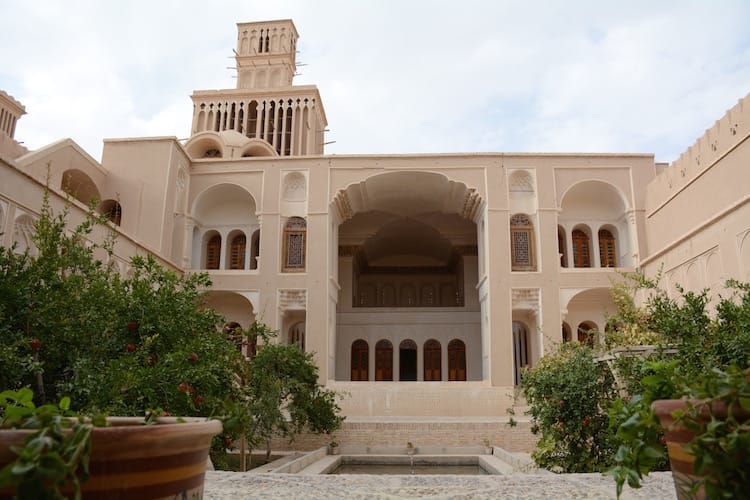
One thing I did quickly understand is that Iran is enormous - geographically, historically, culturally - ergo, much more nuanced than most media reporting would lead you to believe. It's the size of the UK, France, Spain, Italy and Switzerland put together. Its first of many empires, the Median, dates all the way back to the 7th century BC and stretched across the whole region.
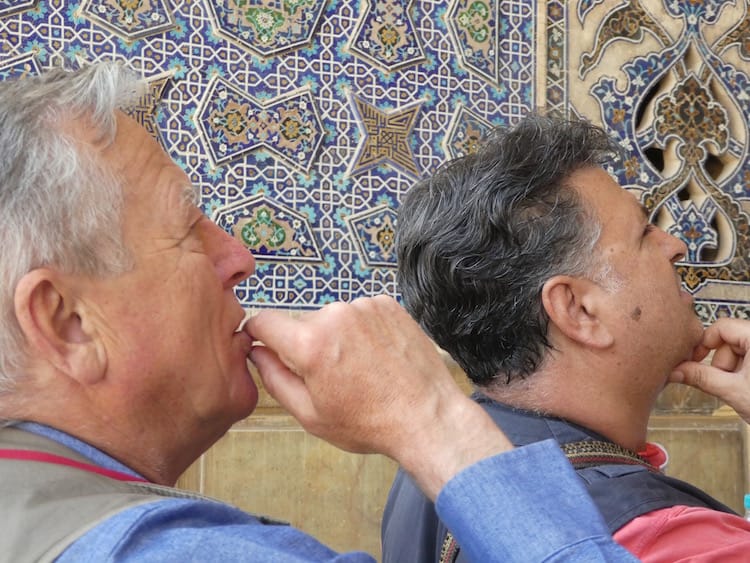
At the end of two weeks and almost 2000 kilometres of travel, our group did, maybe, crack the surface.
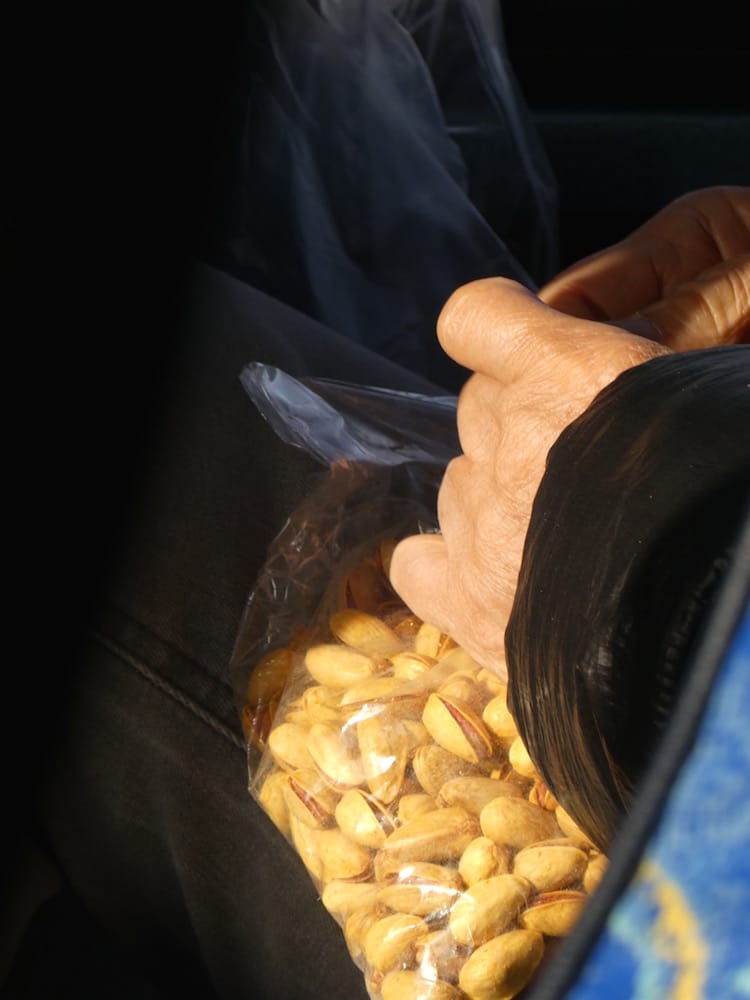
The trip began with a couple of days in Tehran. The city of 8.7 million residents is a jumble of multi-lane highways and dense, haphazard construction. Traffic is abominable...
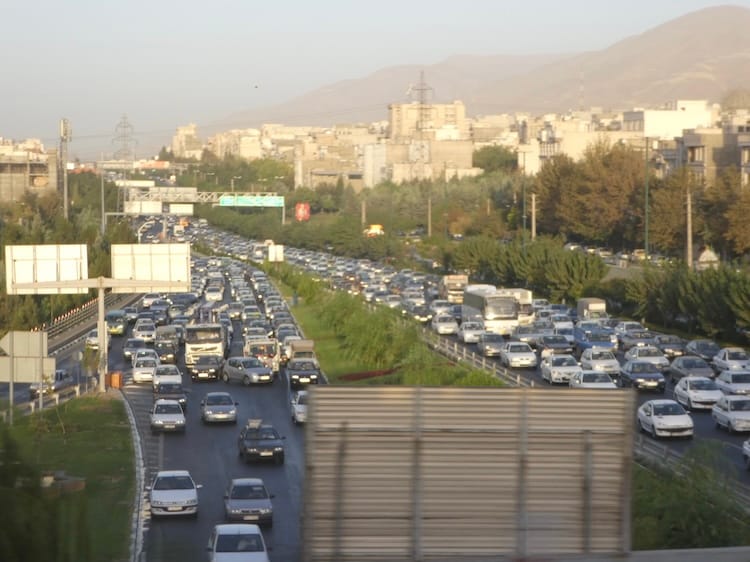
...giving you lots of time to contemplate the unusual street art...

There are quiet spots: the Golestan Palace...
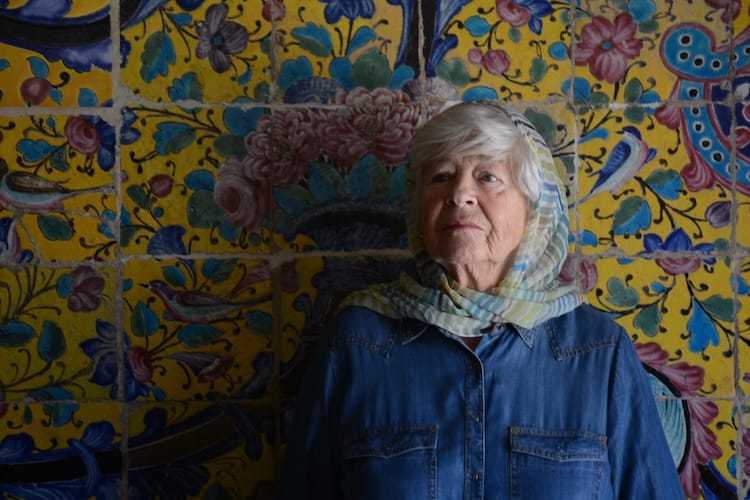
...and numerous museums. It was all explained to us by our energetically erudite guide Mr S...
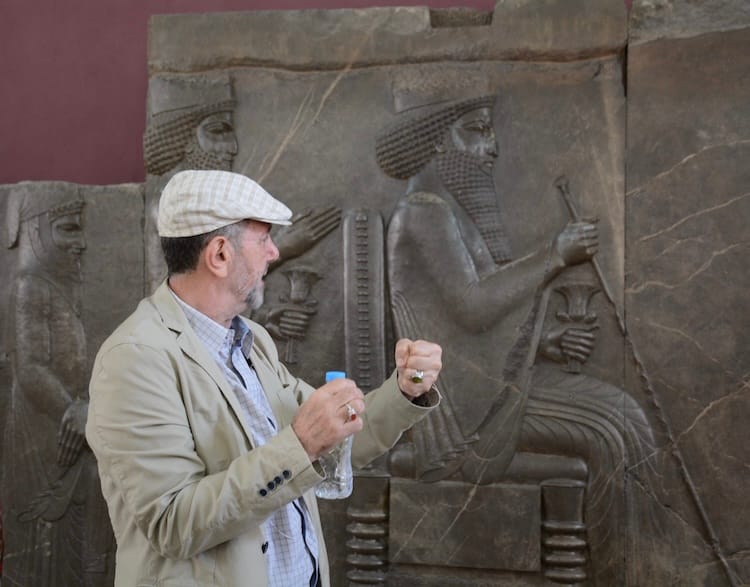
On one level the history of Iran is a repetitive saga of boom and bust. Glorious periods of scientific and artistic innovation, of economic prosperity and tolerance fluctuated with centuries of invasions, occupations and violence. The most spectacular example of the cycle is Persepolis.
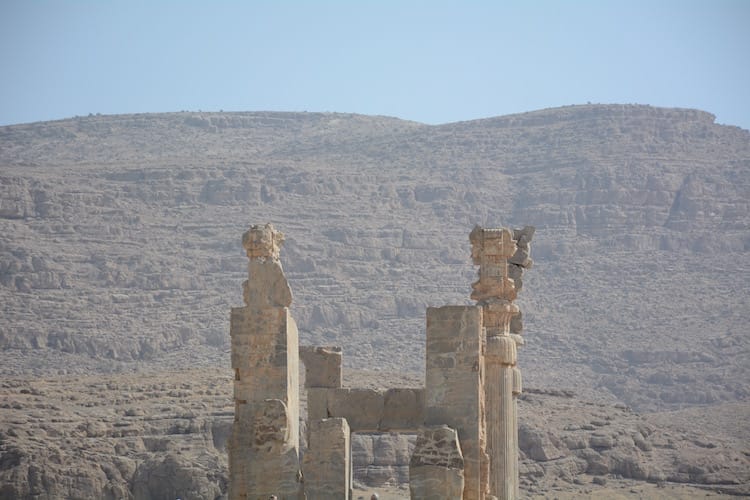
Built as a ceremonial palace by Darius the Great in 519 BC to the glory of the vast, prosperous and relatively tolerant Achaemenid Dynasty (second of the Iranian empires and bigger than the first, stretching from Europe to northern Africa to the borders of China), it is a masterpiece of architecture, stonework and sculpture.
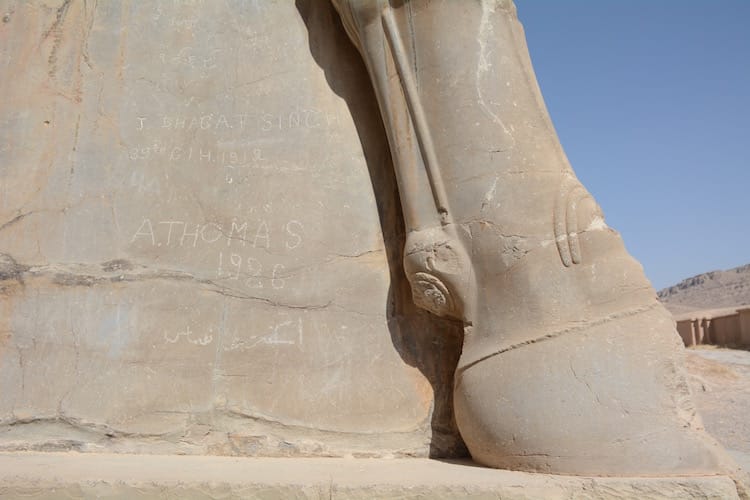
In 330 BC, it was pillaged and burned by Alexander the Great. As Mr B, our guide there, said: "It's the same story over and over again. Dynasties rise and fall and no one ever learns a thing."
But what people did learn was how to tame the harsh climate of southern and southwestern Iran. On a high, dry plateau, some of which is natural desert, some of which has suffered from deforestation...
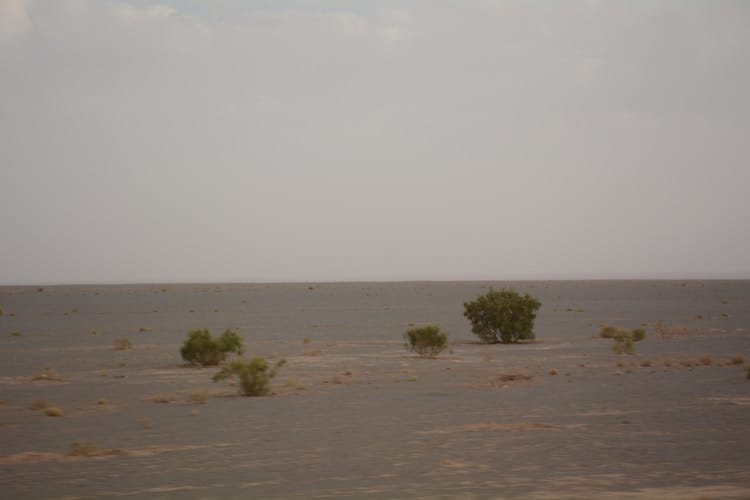
...man is face to face with the elements and it's not surprising that a tenet of the pre-Islamic Persian religion of Zoroastrianism, still practised in places such as Yazd and via the Parsees in India, is the balancing of earth, air, fire and water.
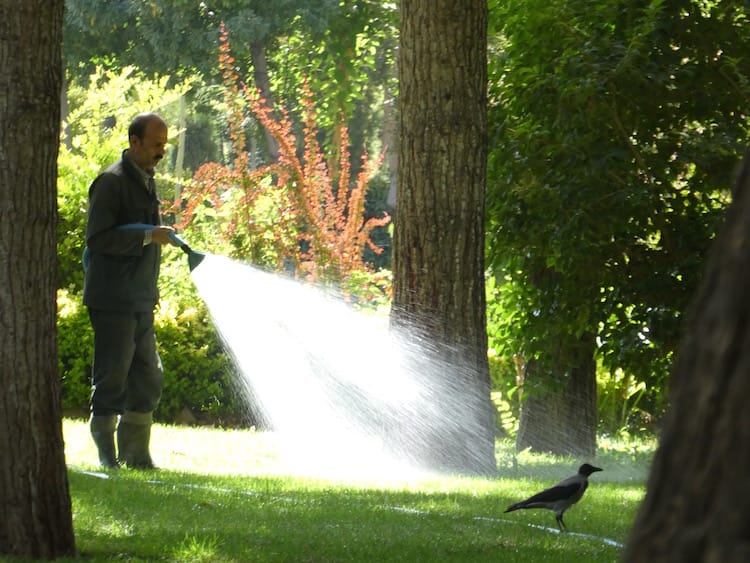
Since the 1st century BC, water was brought down from the mountains via underground channels called qanats to supply houses, villages and cities; to irrigate fields and orchards, as well as the many lush gardens.
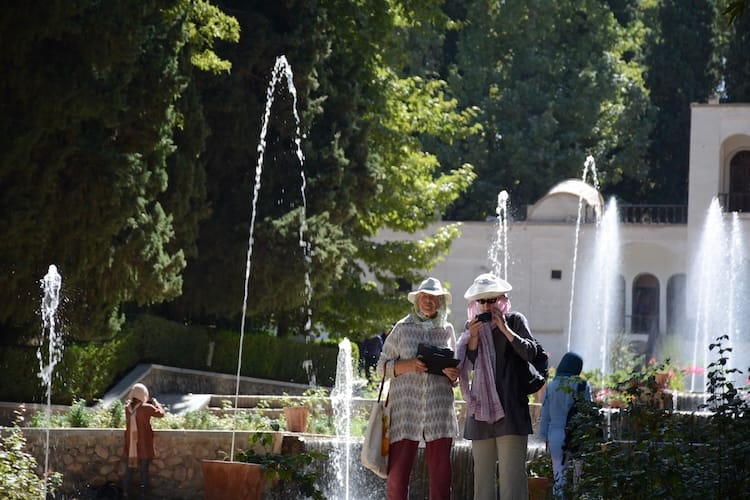
Because of extreme desert temperatures, mud brick, an excellent insulator, was used to build everything from fortresses...

...to humble huts...
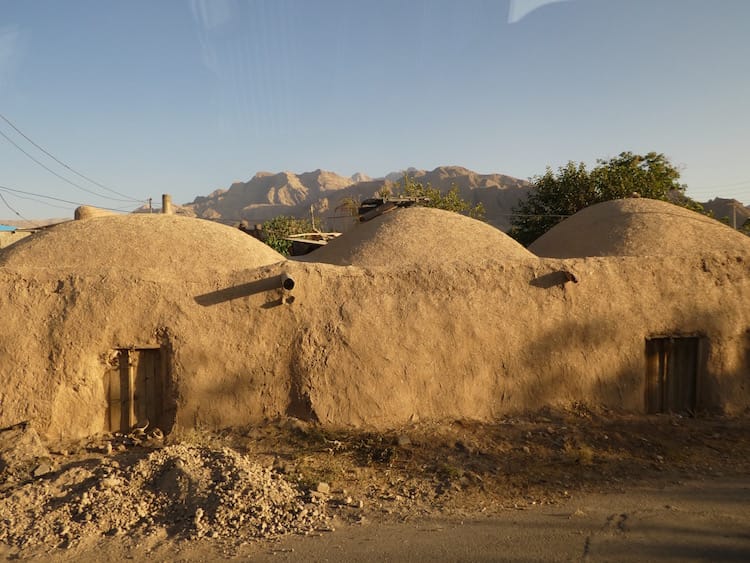
Wind towers called bagdirs were developed as an ur-air conditioning system: hot air funnels down the chambers into a pool of water which sends cooler air throughout the building.
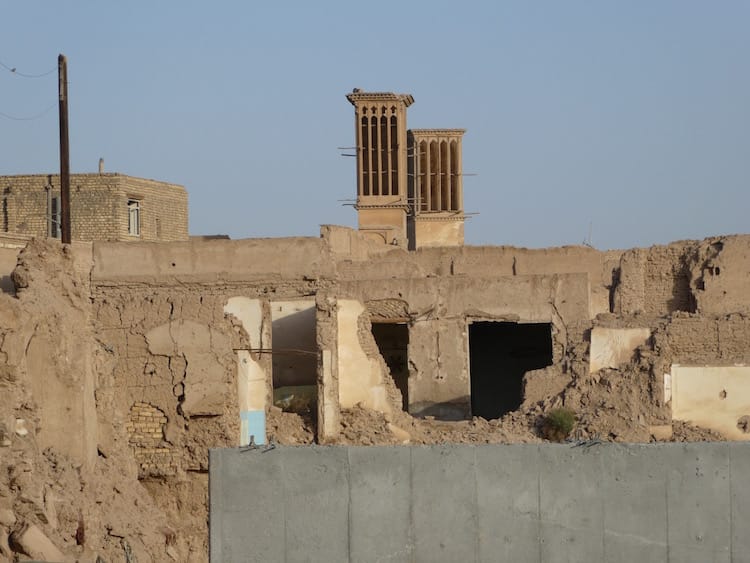
Mosques are of course ubiquitous.
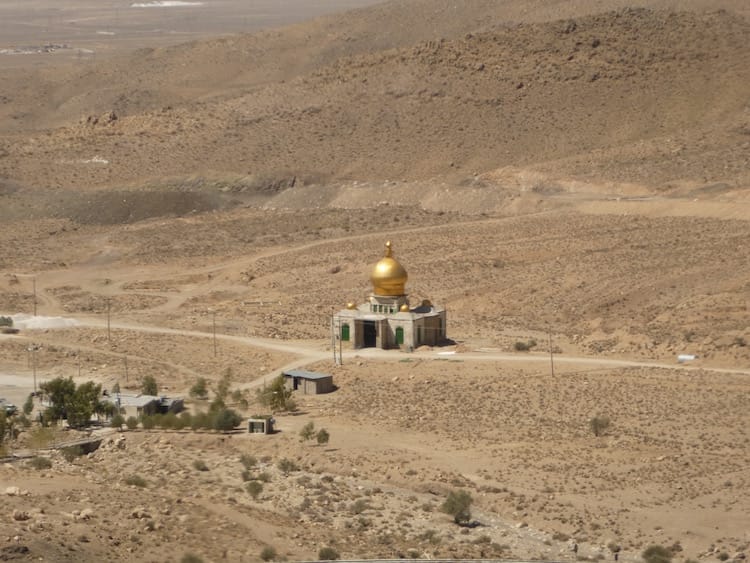
We visited many, from the earliest 10-12th century monochrome buildings of brick, stone and wood (my personal favourites)...
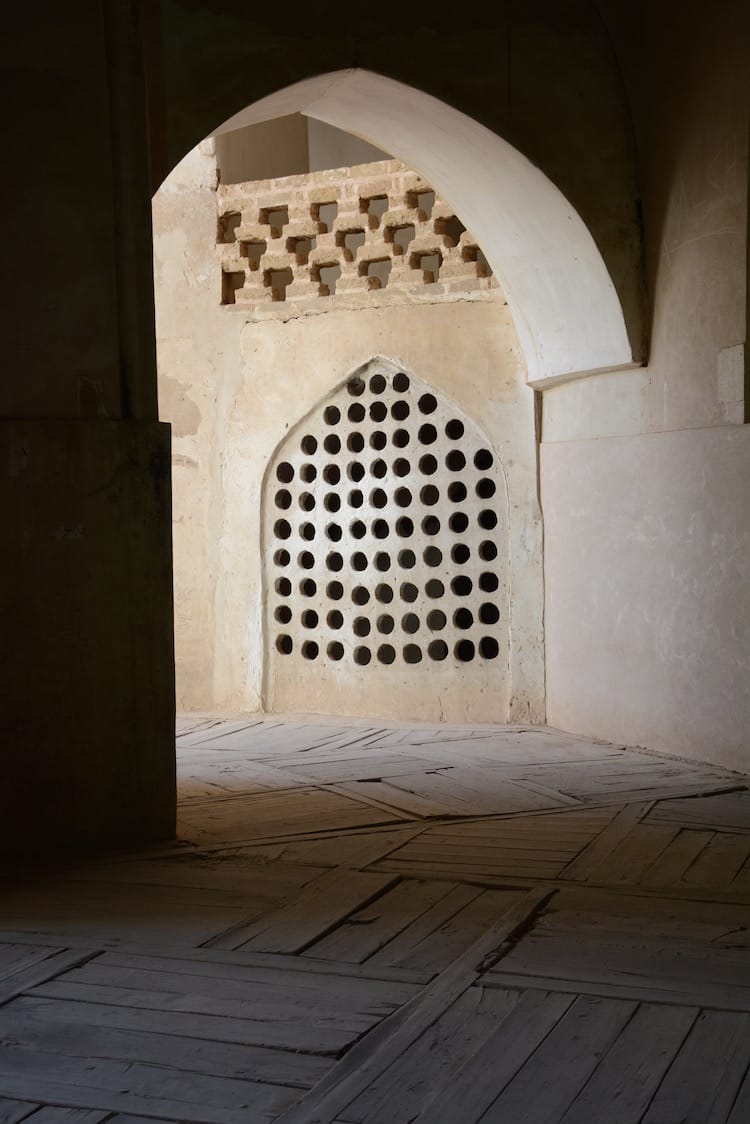
...to the increasingly elaborate and sophisticated tiled post-12 century style...
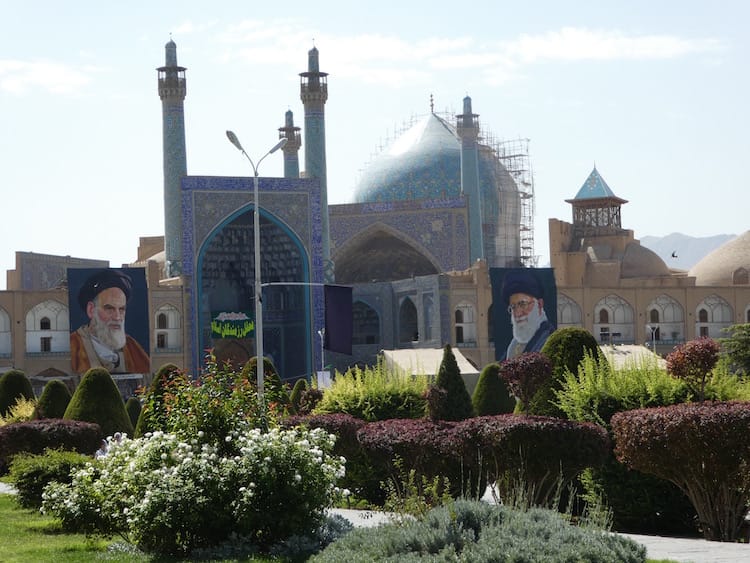
We learned much about Islamic architecture - the stalactite vaults and the squinches (arches invented during the Sasanian Dynasty that allow a square or polygonal building to support a rounded dome); the intricate tile work and the layered method of painting stucco.
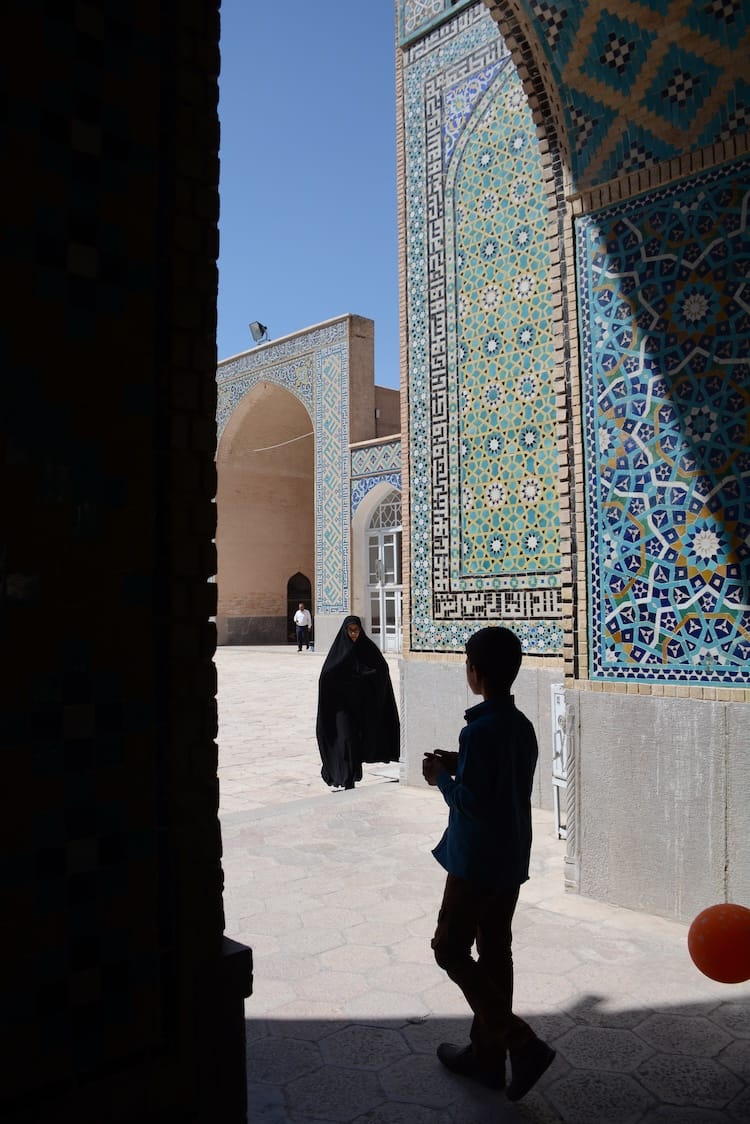
We were told multiple times about the difference between (the of course superior!) Shia and Sunni Muslims, but it still seems a more personal than doctrinal dispute to me. We were reminded time and again that the Iranians are not Arab and certainly didn't have much to learn from those Bedouin invaders anyway.
Iran is a romantic country of storytelling and poetry. During the long hours in the bus, Mr S and Antony entertained us with accounts of shahs and their intrigues, with Persian fables, morality tales of human folly and wisdom. And Mr S recited much poetry, particularly Hafez, the 14th century poet whose tomb we visited in Shiraz, always by heart.
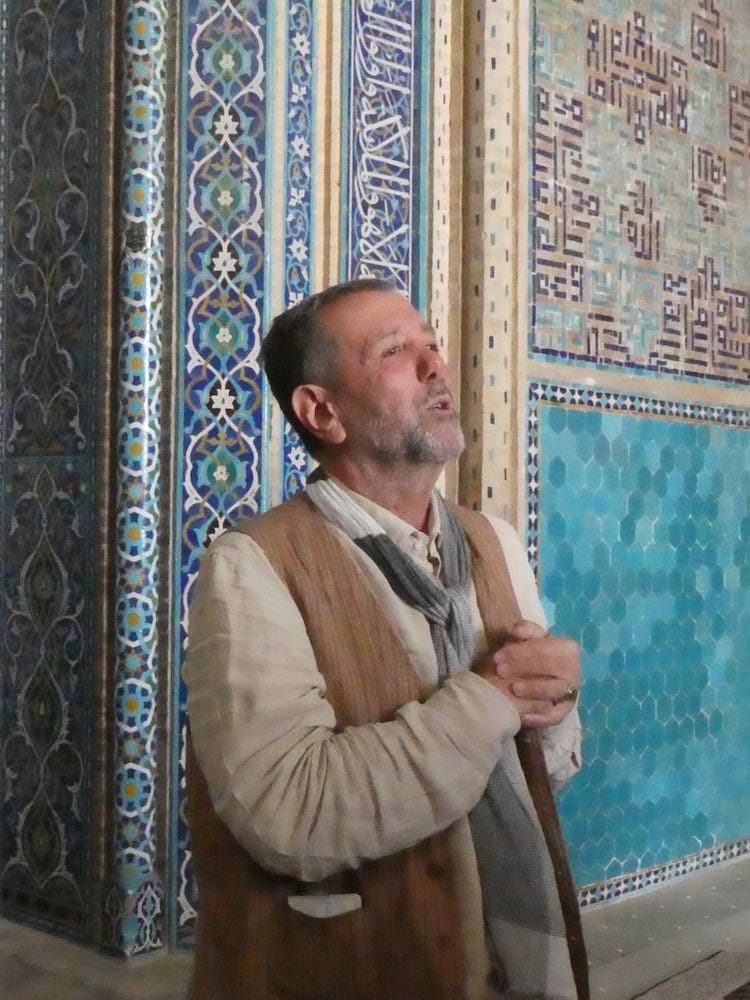
It is also a practical country of traders; Mohammed's profession was merchant. The bazaars wind along for kilometres and besides selling everything imaginable, provide insight into Iran today.
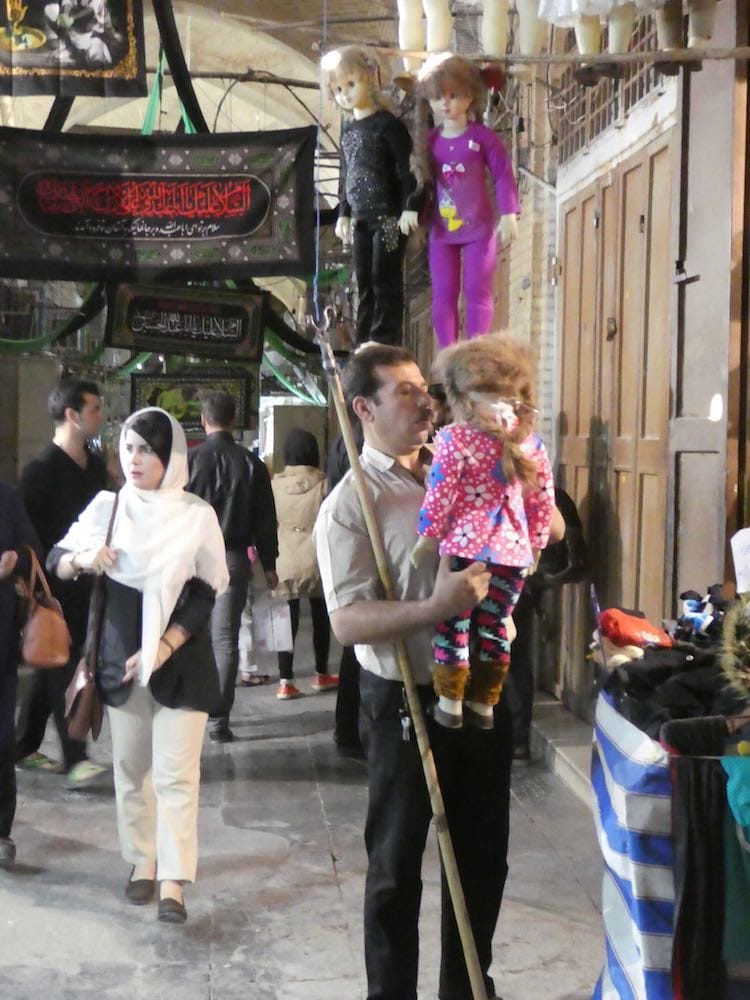
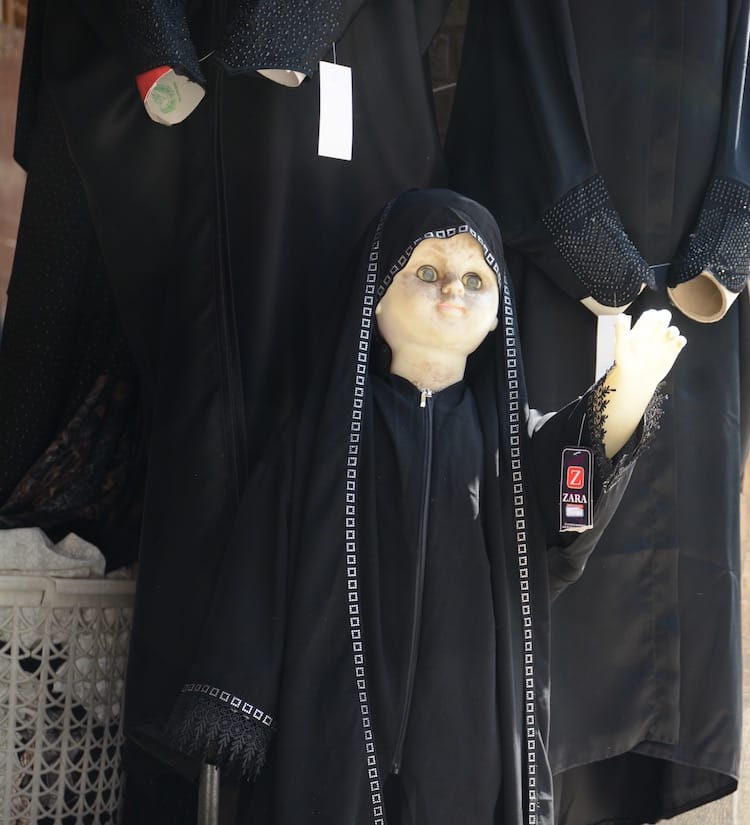

What surprised me the most in this rigidly controlled country was how open, friendly and curious the people were.
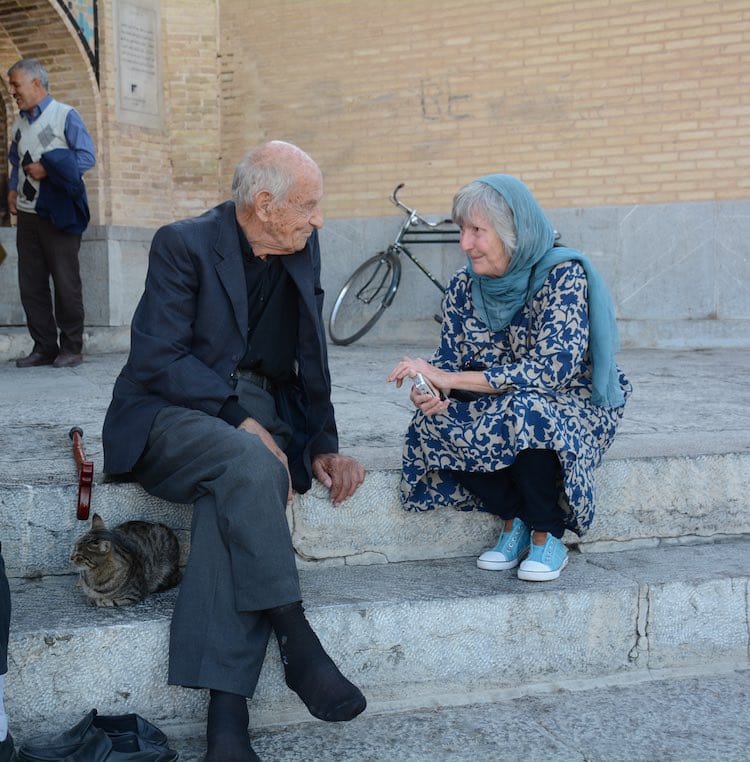
We were frequently stopped and asked where we came from and if we liked their country and couldn't we come in for a bite to eat...

...or could they have a photo op...
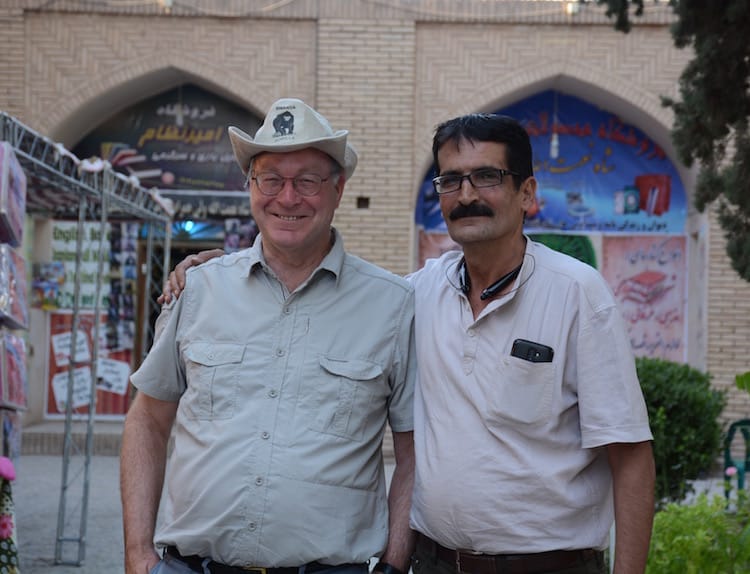
...or could I take a photo of them (before they took one with me)...
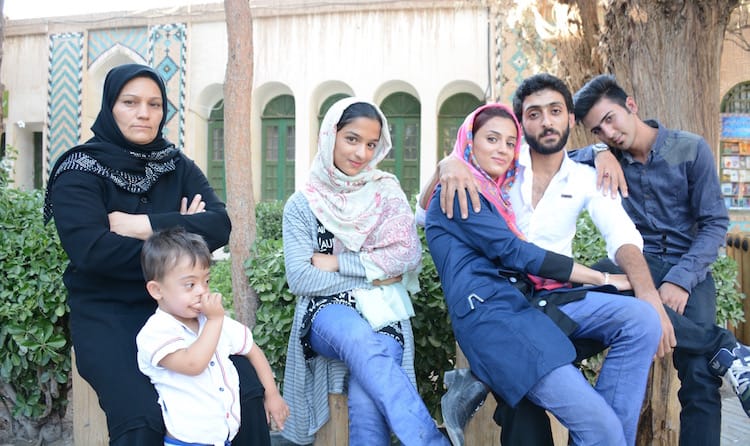
Which doesn't mean there aren't serious problems. The violence that has plagued Iran's history can be felt just under the surface. To assure regional wars and conflicts never stray far from the public's mind, outsize images of martyrs line the streets.
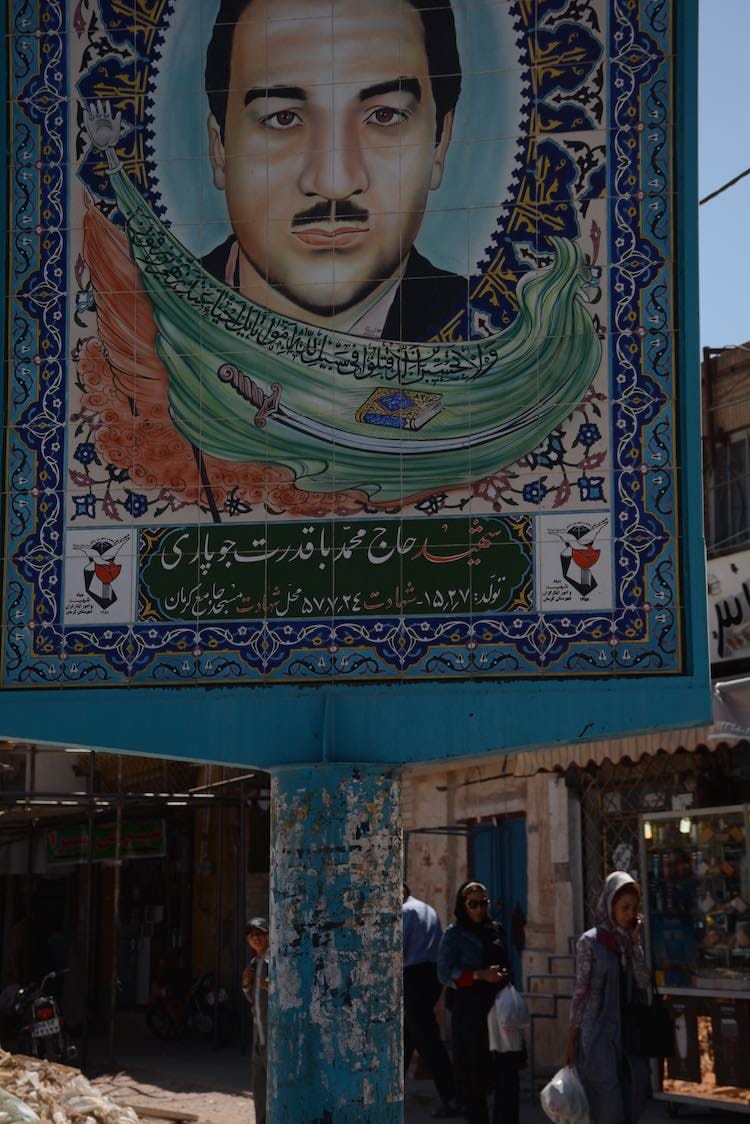
Iran's human rights record is shameful, and women, though they account for around 60% of university students, are confined to the veil (having worn one for two weeks, I can confirm it is irritating on every level) and second place in society, even if the push and pull between tradition and western influence is evident on every street corner.
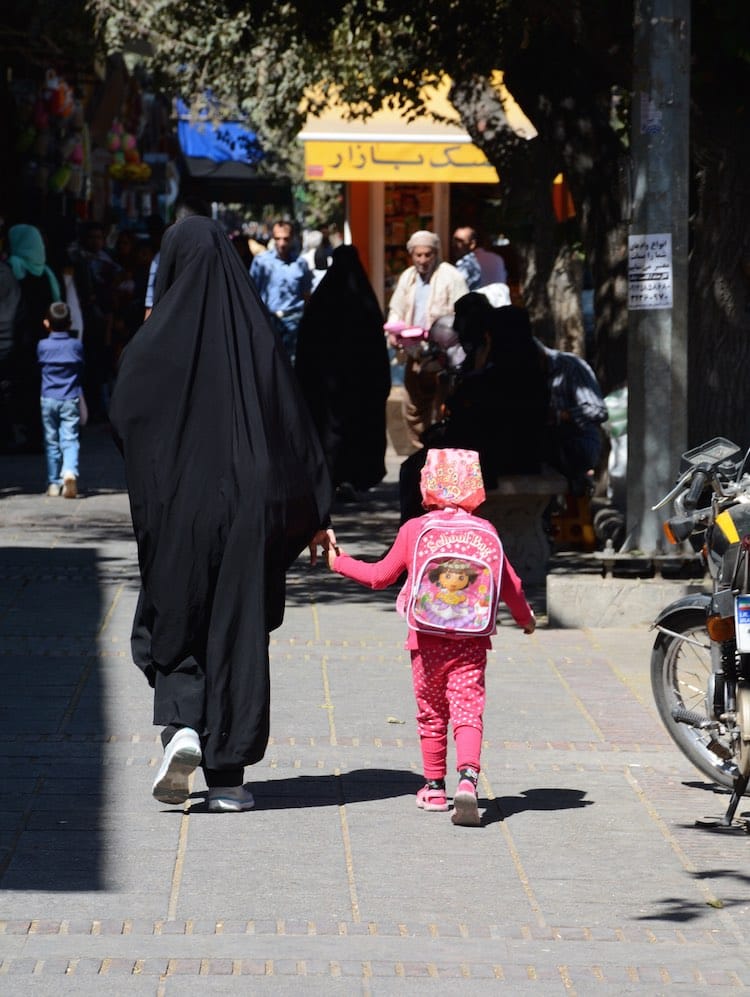

The environmental challenges are formidable. Tehran's overpopulation, haphazard development and pollution are mirrored in all the big cities.

Iranians' thirst for energy is apparently as immoderate as ours and water, once so carefully managed, is being diverted for hydro-electricity, thus reducing lakes to large puddles and forcing the pink flamingoes to huddle in the middle.
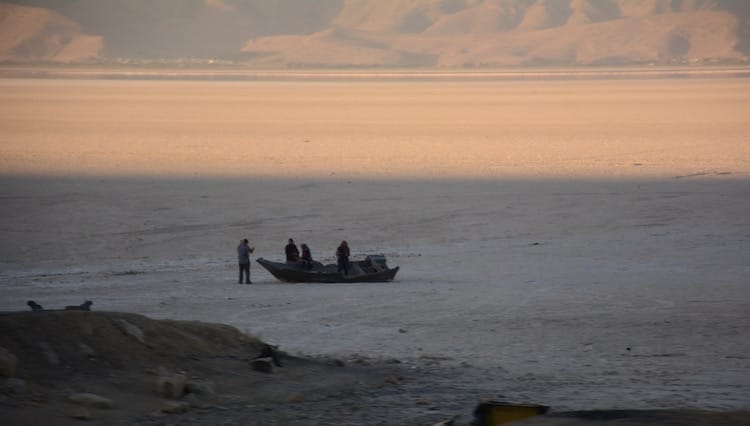
Or leaving river beds dry (above Shiraz photo and here below), causing thousands of plant and animal species to die of thirst.
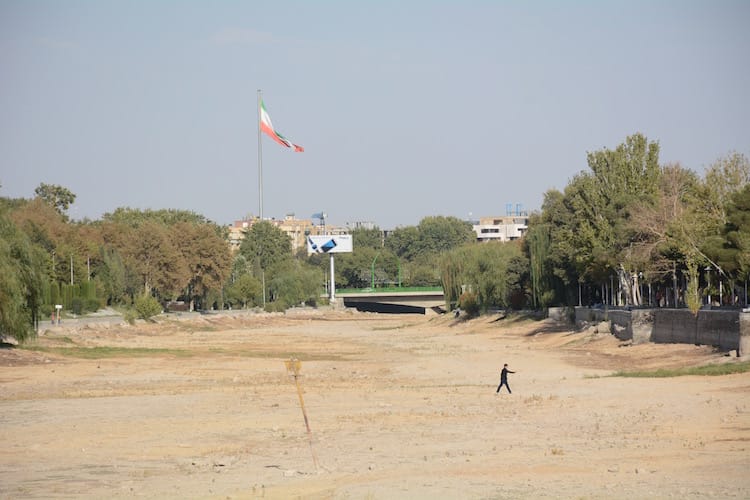
By the end of our trip, the steep steps at least had started to make sense: a deep understanding of this complicated and contradictory country would be a long, hard climb.
